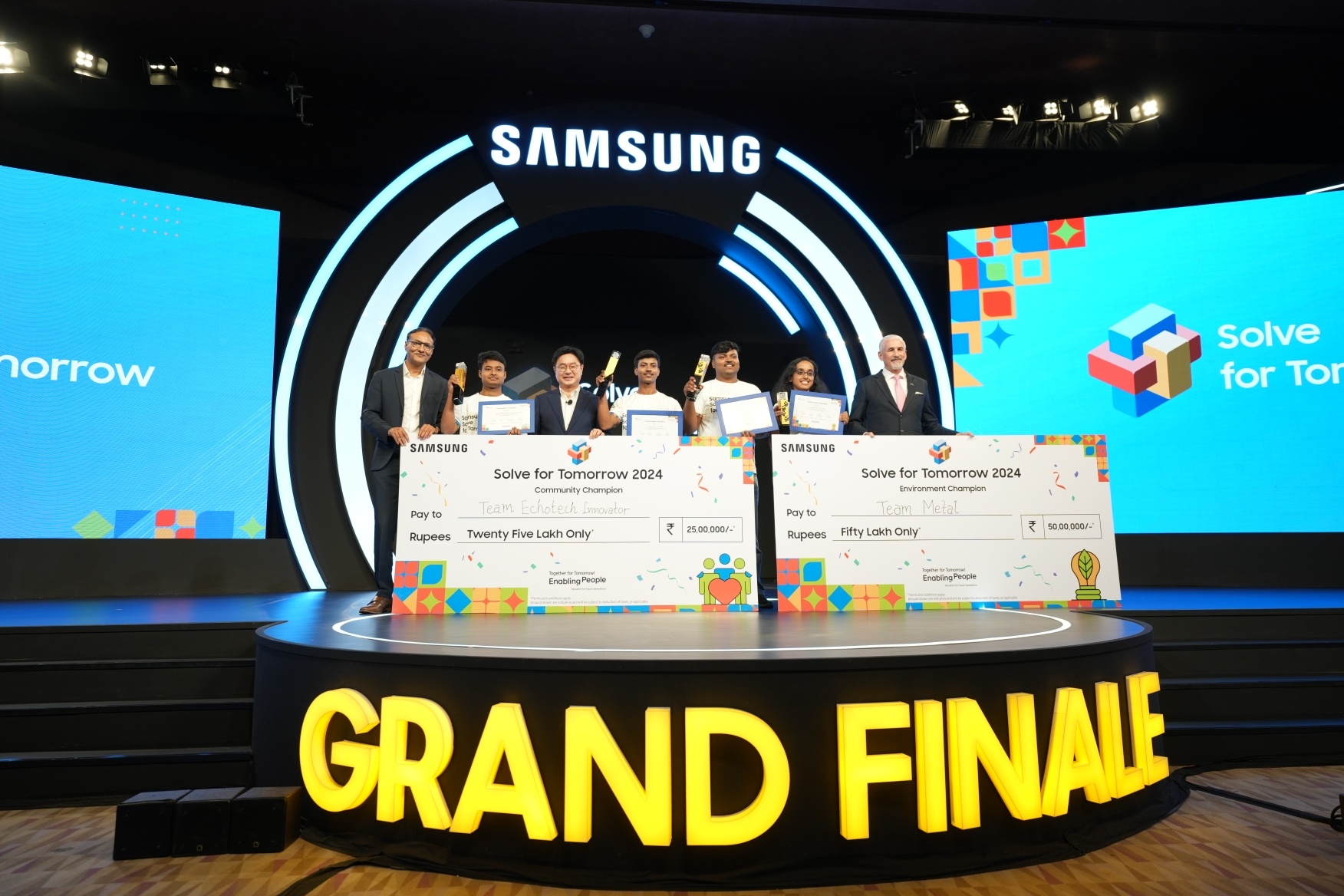Subscribe our Weekly Newsletter
Applications Invited for Understanding the Practices, Policies, and Impacts of System Development Fees and Upgrade Requirements

Organization: The Water Research Foundation (WRF)
Apply By: 14 Nov 2024
Grant Amount: 175000 USD
About the Organization
The Water Research Foundation (WRF) is the leading research organization advancing the science of all water to meet the evolving needs of its subscribers and the water sector. WRF is a 501(c)(3) nonprofit, educational organization that funds, manages, and publishes research on the technology, operation, and management of drinking water, wastewater, reuse, and stormwater systems—all in pursuit of ensuring water quality and improving water services to the public.
About the Grant
The economic realities, state statutes, and case laws of communities across North America vary. With this comes great diversity in the policies and practices related to further developing communities. For water and wastewater utilities, this comes in the form of system development fees or requirements to construct infrastructure. These fees/requirements are charged to help pay for costs of servicing new development. Utilities charge these fees to ensure that utility construction costs are borne by developers. Fees may also be collected from developers over a longer period to fund either new or upgraded infrastructure to secure longterm growth, or a developer may be required to construct or upgrade infrastructure and donate the asset to the utility in lieu of—or in addition to—a system development fee. This is where the term “Growth Pays for Growth” comes from. In theory, the fee(s) that utilities charge developers fully covers the utility’s cost of extending or upgrading the infrastructure necessary to meet the development’s needs. In practice, most system development fees are implemented quite differently, driven by local policy, and often not to the extent described above. There is no magic money; ultimately, the funds come from the community served either via increased rates, taxes, or embedded in the purchase price of developed property. Comprehensive financial planning is critical to establishing financial resilience to manage changes in the economic, operating, and regulatory environment.
This is a complicated issue, and there are many perspectives on how utilities should handle system development fees. To date, there is a considerable body of position papers coming out on this topic from the perspective of developers and affordable housing advocates, both in support of lower system development fees. For developers, lower development fees reduce the cost of doing business and incentivize economic growth. For affordable and workforce housing advocates, lower development fees may translate to lower costs of housing units. They advocate for the burden of the development to be stretched out across the entire community rate base, so the low-income residents are less impacted.
In addition, water conservation and infill development of existing communities has led to a less clear delineation of upgrades that are required to support growth in the community as the asset upgrades are often also aligned with infrastructure renewal within existing neighborhoods. This impacts the ability for a community to determine what a development fee should be and how it would be applied to an infill versus greenfield development parcel.
Research is needed on system development fees from the perspective of the utility and the impacts it has on their ratepayers (high, middle, and low-income). This research will fill a muchneeded gap and provide utilities with information on the different approaches to enacting utility development fees and their impact on the developers and existing ratepayers. A framework will be developed that will help utilities determine which policy option best meets their community needs and values, and the impact of the policy on their ratepayers today and into the future. Environmental justice, in the form of customer equity, will be a major consideration of this project.
Proposers should describe how they will conduct the research to meet the objectives listed above. The following approach is intended as a starting point and describes the minimum requirements.
To gain an understanding of existing system development fees and infrastructure requirements, the proposers should 1) conduct a literature review to identify existing system develop fee methodologies, 2) investigate state-enabled legislation for system development fees, and 3) collect utility data and survey responses on their utility’s system development fees, infrastructure requirements, and rate structures. The proposers should strive to conduct a representative sample of system development fees under different utility governance structures (i.e. municipal utility vs. private utility and water vs. wastewater vs. stormwater) and of various sizes. Both infill and greenfield system development fees and requirements should be considered. Unique or novel approaches to system development fees and infrastructure requirements should be included. In-depth interviews should be performed on a smaller subset of survey respondents if additional information is needed. Proposers should consider not charging development fees to be one of the methodology types.
Once the range of system development fee methodology options is identified, the proposers should perform an analysis of the different methodologies and evaluate their impact on their existing ratepayer customer classes and new customer base. Each methodology evaluation should consider the financial, accounting, economic, ratemaking, customer equity, and legal implications of the policy. The investigation should also consider if the type of utility, utility governance structure, and/or utility size changes the fee’s impact on existing and new customers. Proposers should also investigate the impact a utility’s rate structure has on the impact of system development fees for low-income ratepayers. Based on the results, the proposers should identify the pros and cons of each methodology using the evaluation criteria and identify what situation the methodology would be optimally applied.
Additionally, the proposer should evaluate the pros and cons of different financial methods of collecting funds from developers and evaluate the differences in pay-as-you-go approaches vs. depreciation accounting and ratemaking practices (including investigating terminology differences and tax implications). Proposers should, at a minimum, investigate the following four methodologies:
- Buy-In Approach: New customers pay a set amount per connection equal to the equity in the utility system attributable to existing customers.
- Incremental Cost Approach: New customers pay their embedded share of expansion cost per connection.
- Combined System or Hybrid Approach: New customers must pay the cost of their proportionate share of existing capacity (buy-in) and new capacity available to serve new growth (incremental).
- No Fee Approach: The utility collects no direct system development fee, and the costs are spread across the existing rate base or state/federal funding is used to fund development.
Objectives
- Conduct a representative sample of system development fees under different utility ownership and governance structures (i.e. municipal utility vs. private utility, water vs. sanitary vs. storm).
- Outline which states have state-enabling legislation that dictates what they can do with system development fees.
- Investigate the different system development fee methodologies utilized by utilities and their impact on their existing ratepayers and new customer base.
- Evaluate the pros/cons of different methods of collecting funds from developers.
- Evaluate the differences in pay-as-you-go approaches vs. depreciation accounting and ratemaking practices (terminology differences, tax implications, etc.) and how this impacts the magnitude of development fees collected and practices used in the community to validate that the funds collected are used for growth related assets.
Budget
Applicants may request up to $175,000 in WRF funds for this project.
Expected Deliverables
- Research Report (must use WRF’s Research Report Template)
- Literature Review
- Case Studies
- Utility Survey Results
- Webcast
Other optional deliverables may include, but are not limited to:
- White paper
- Conference presentation(s)
Eligibility
Proposals will be accepted from both U.S.-based and non-U.S.-based entities, including educational institutions, research organizations, governmental agencies, and consultants or other for-profit entities.
WRF’s Board of Directors has established a Timeliness Policy that addresses researcher adherence to the project schedule. Researchers who are late on any ongoing WRF-sponsored studies without approved no-cost extensions are not eligible to be named participants in any proposals.
How to Apply
Proposals are accepted exclusively online in PDF format, and they must be fully submitted before 3:00 pm Mountain Time on Thursday, November 14, 2024.
The online proposal system allows submission of your documents until the date and time stated in this RFP. To avoid the risk of the system closing before you press the submit button, do not wait until the last minute to complete your submission. Submit your proposal at https://forms.waterrf.org/cbruck/rfp-5302.
For more information please check the Link
Latest Online Store
Latest Tenders And EOIs
Latest News
© Renalysis Consultants Pvt Ltd

 XLRI.jpg)











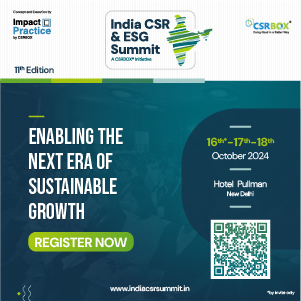
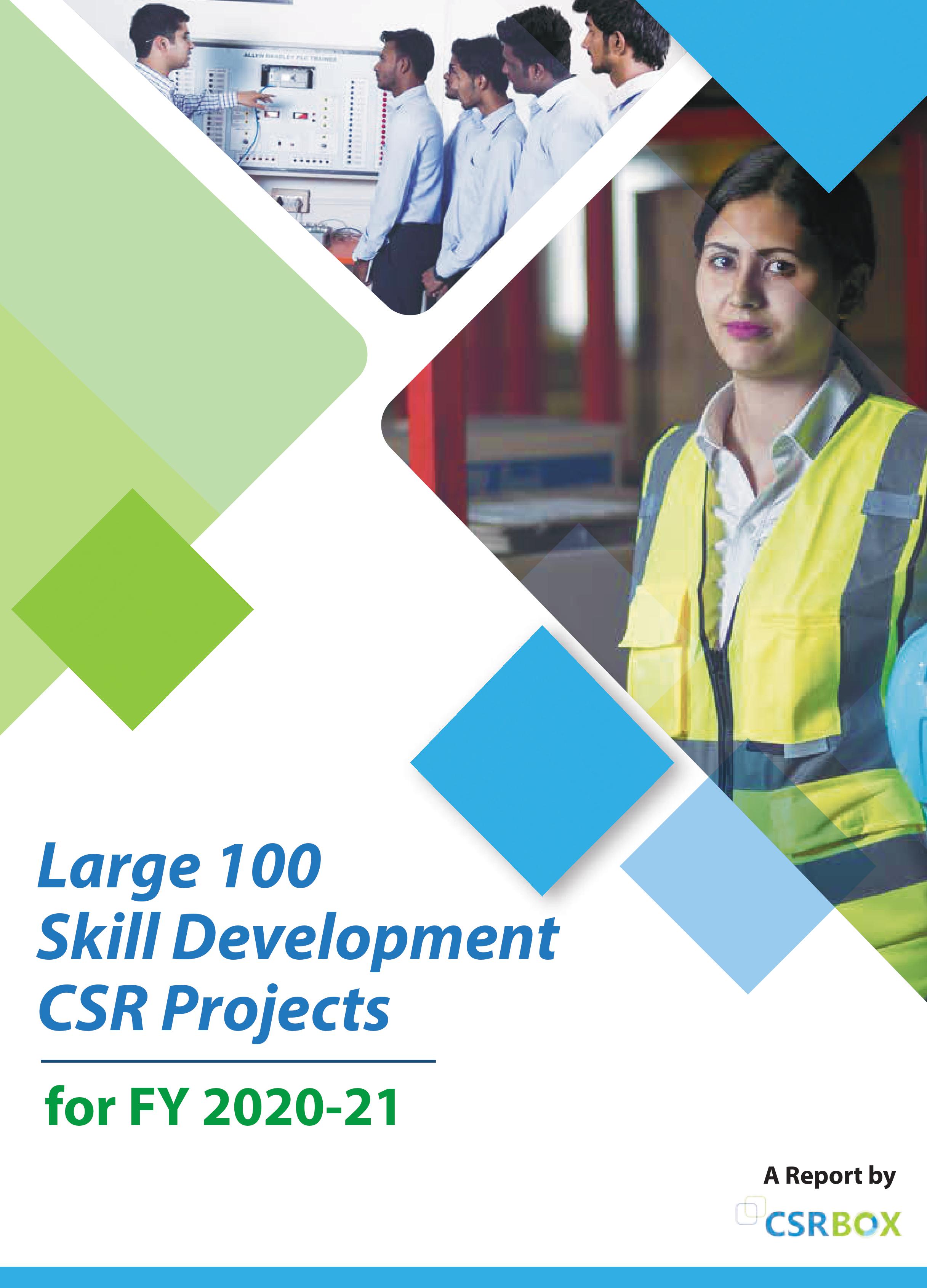
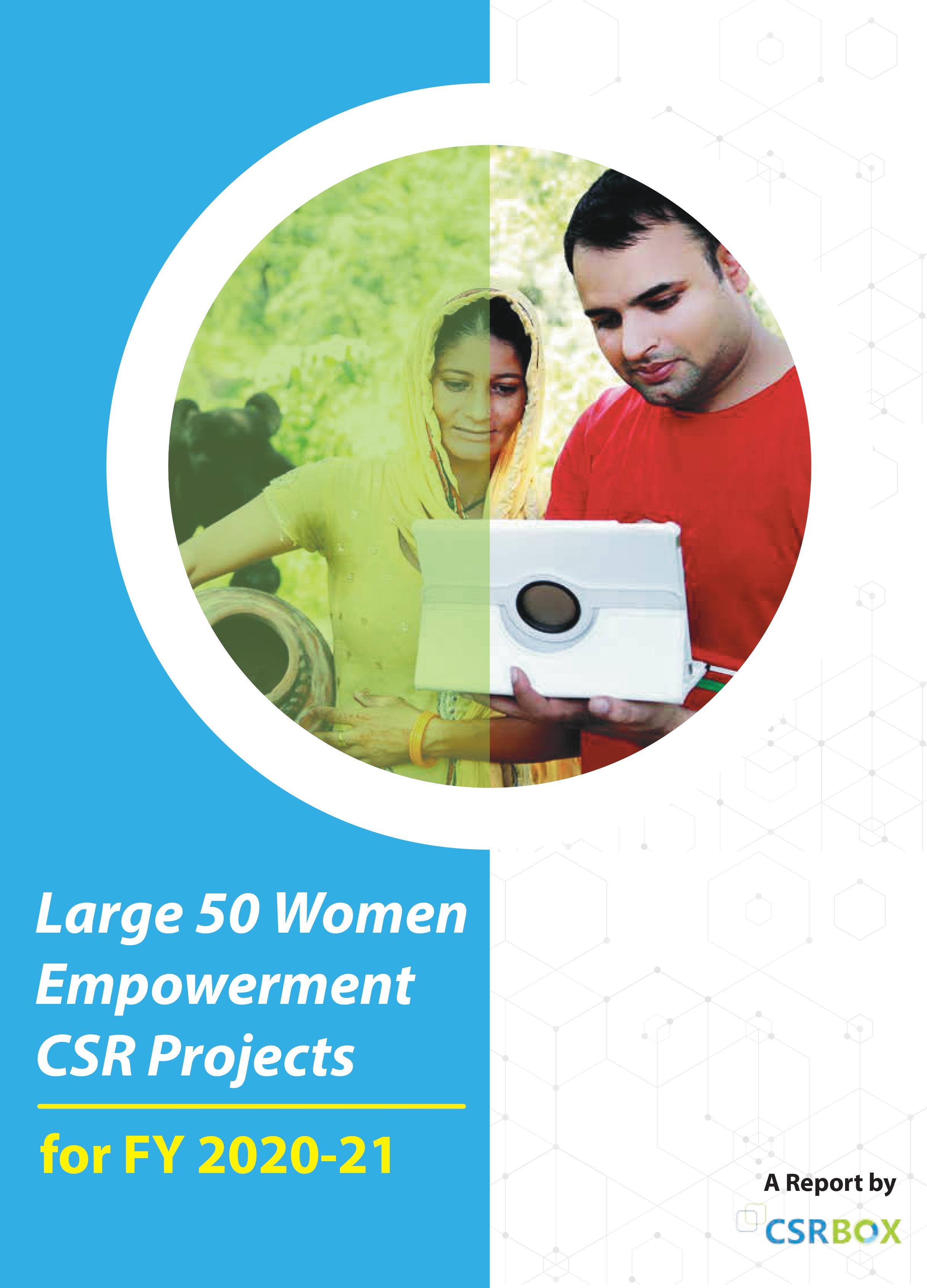
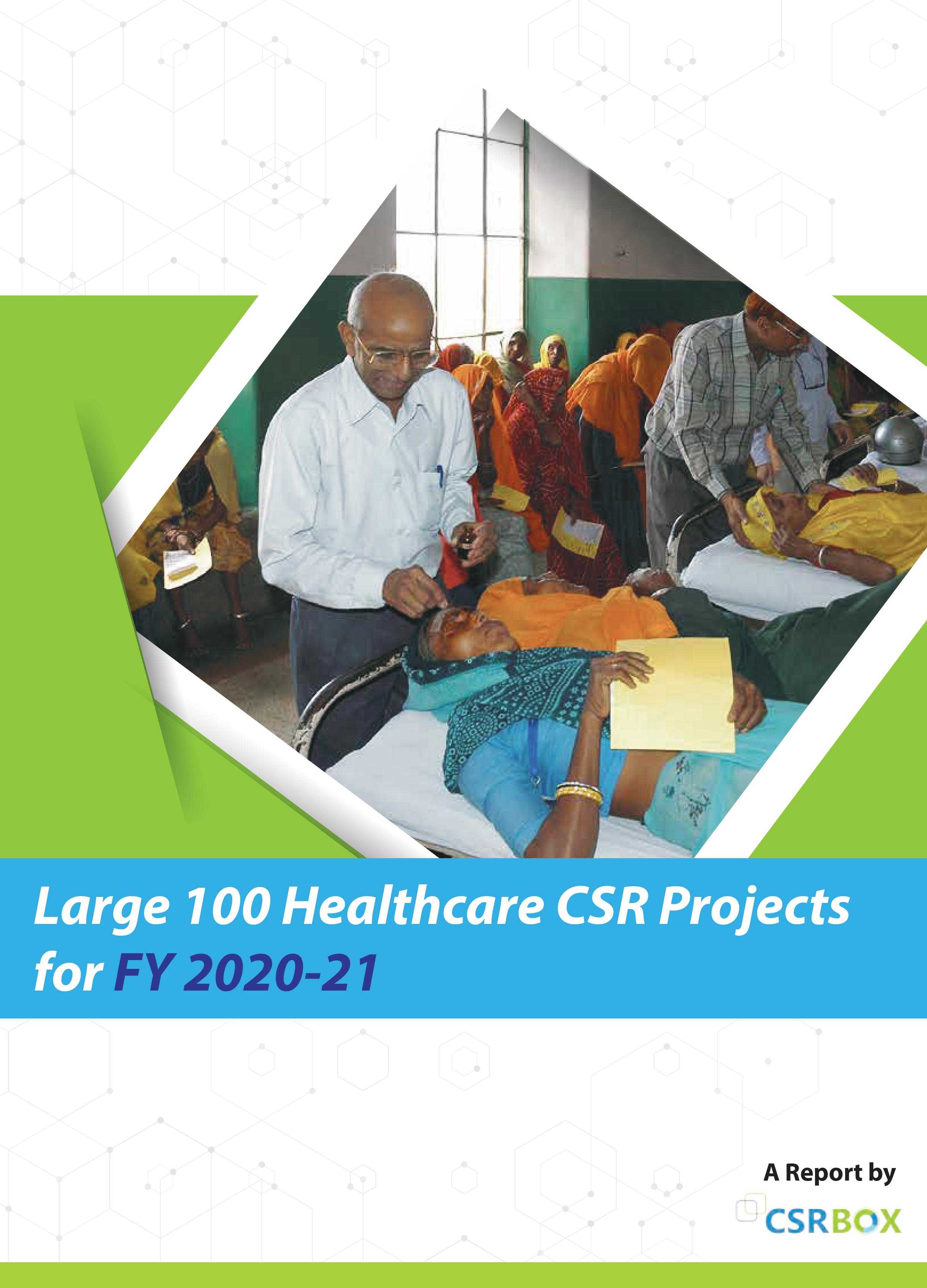
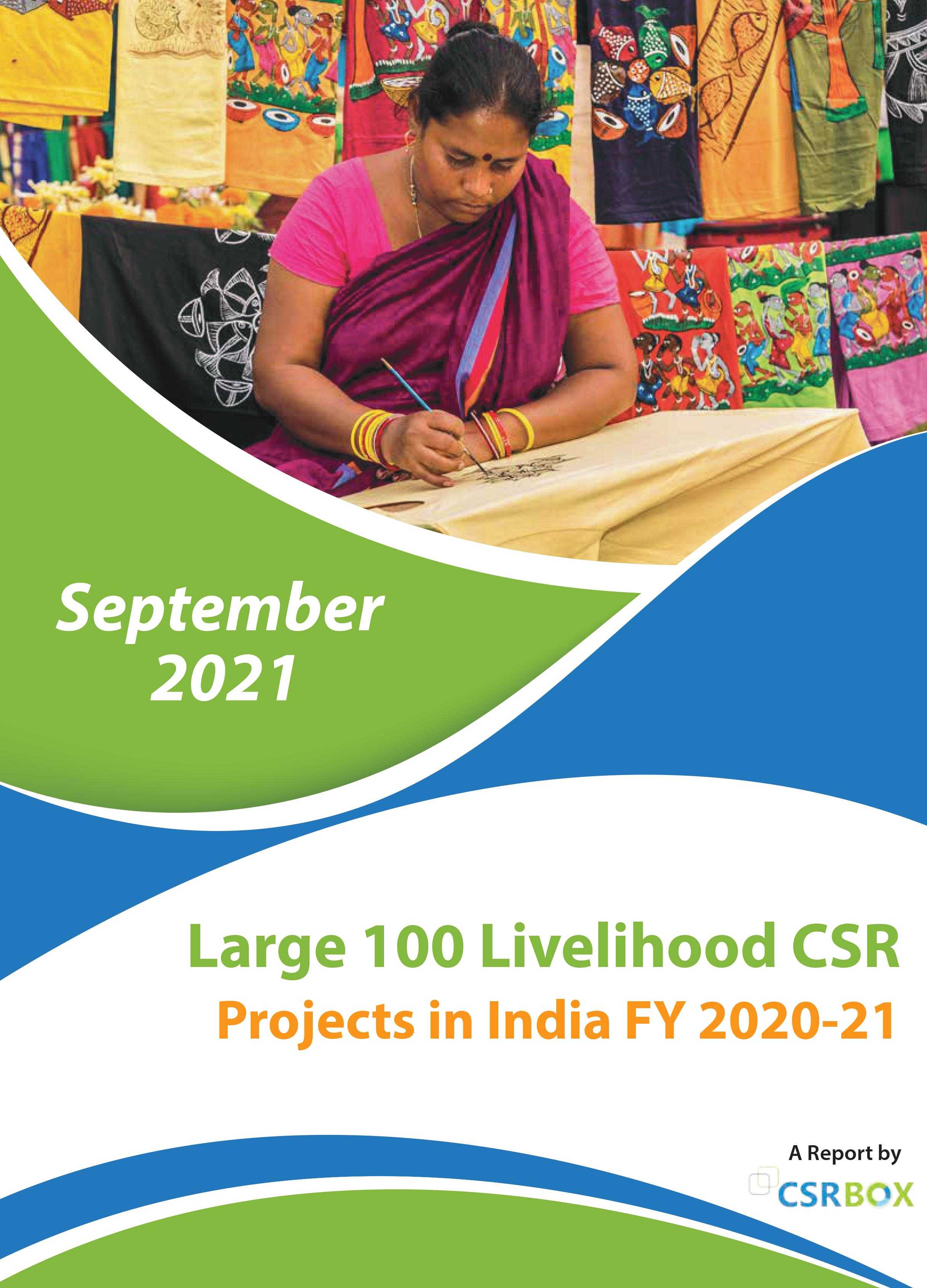




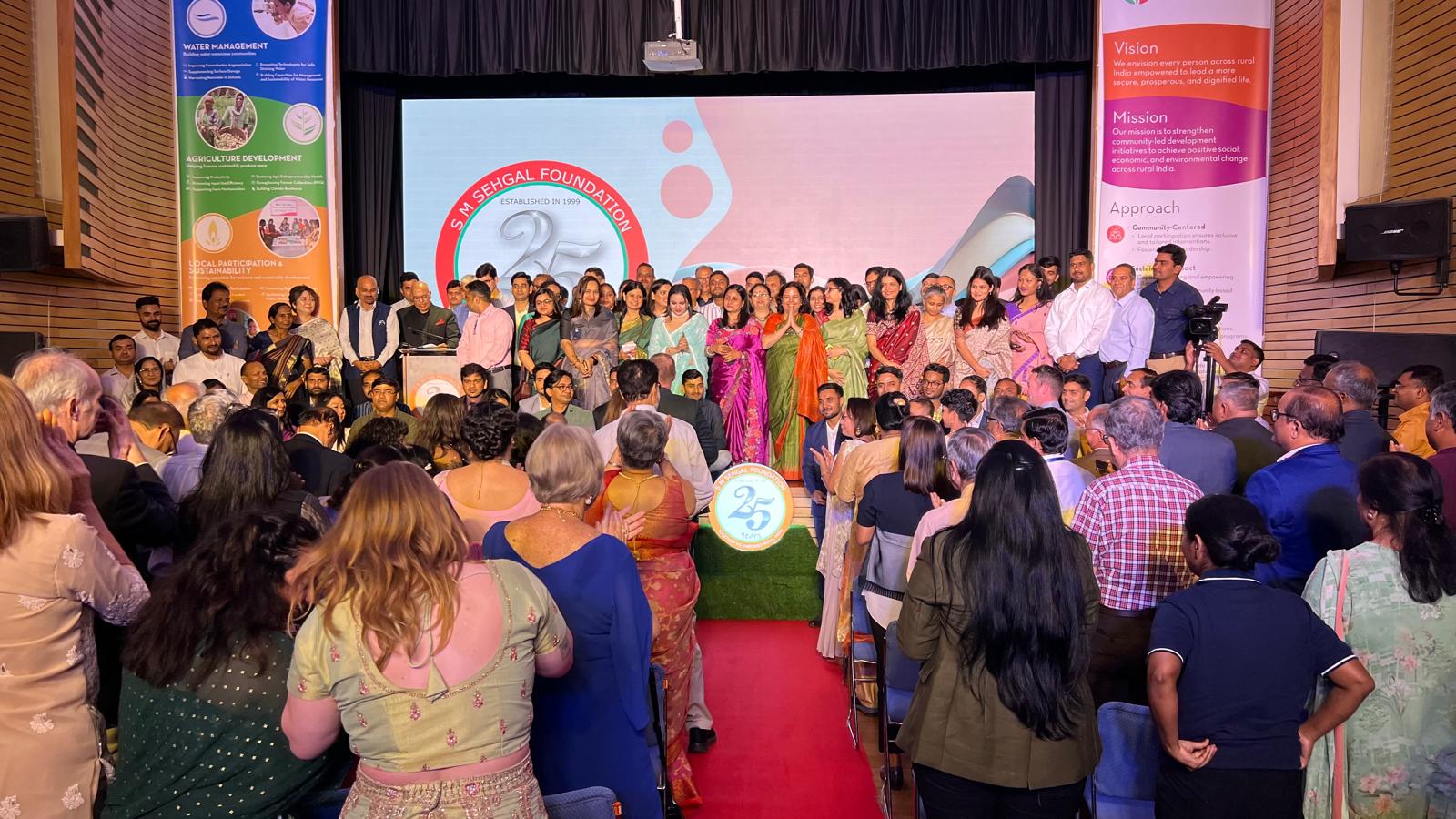
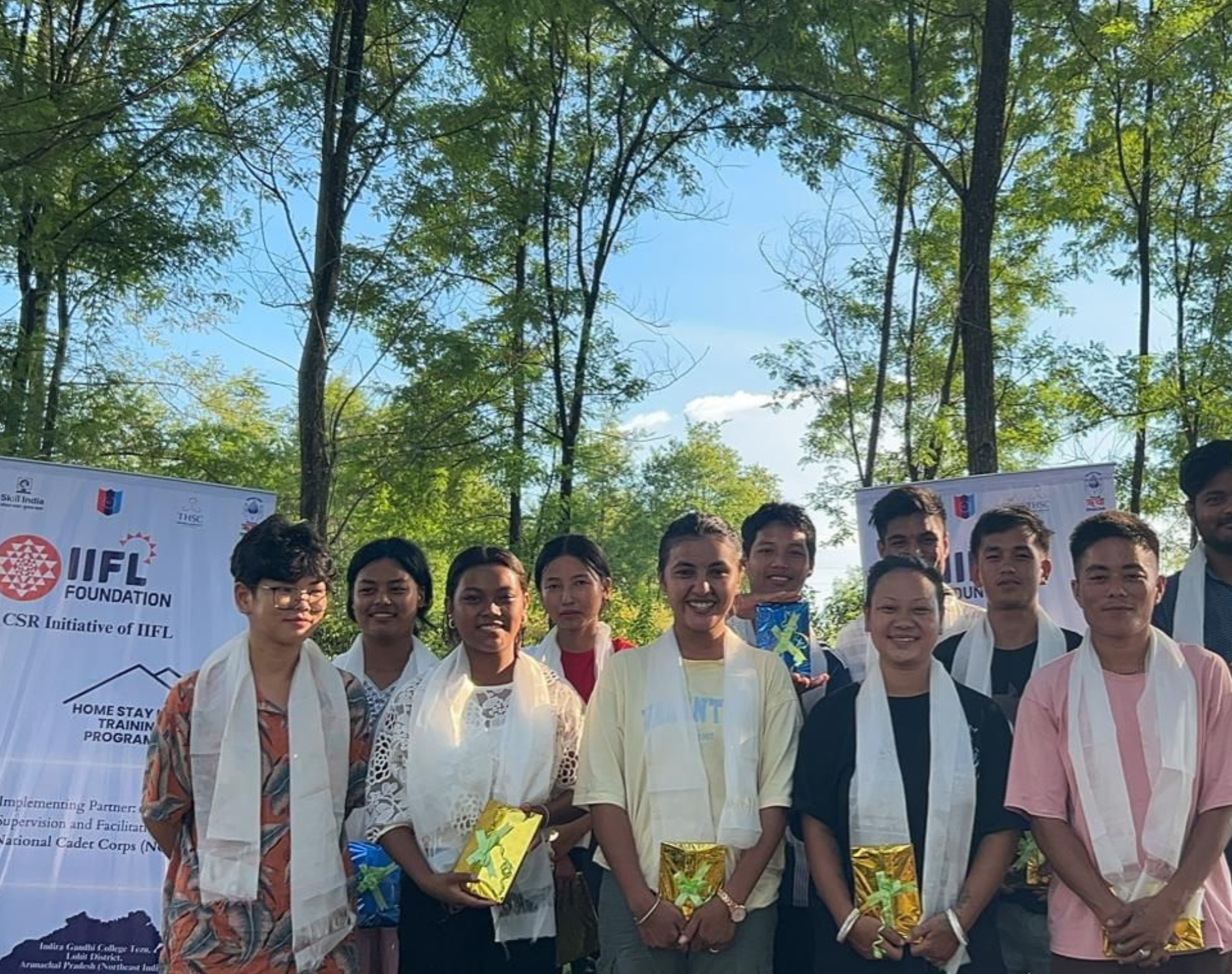
.jpg)
